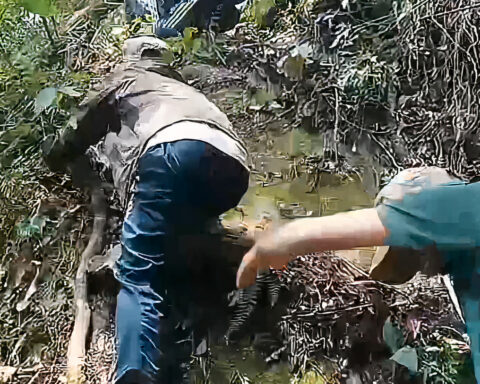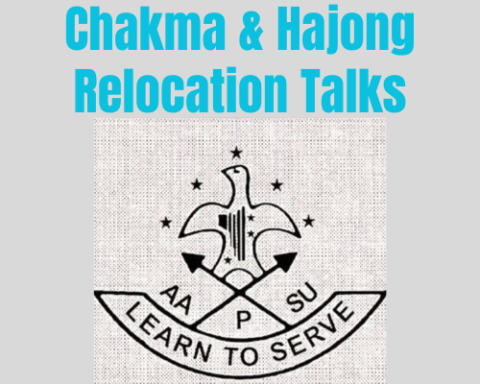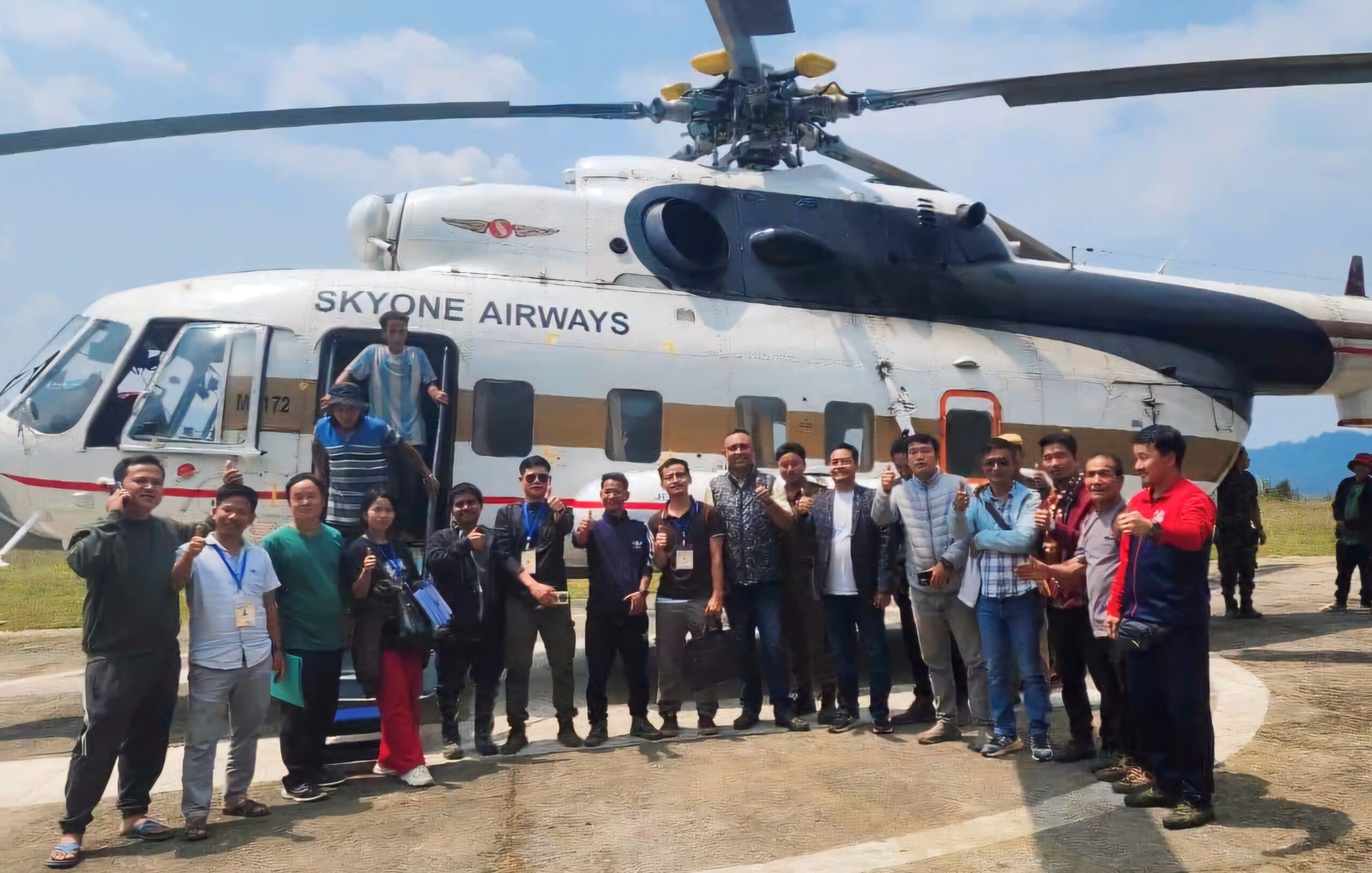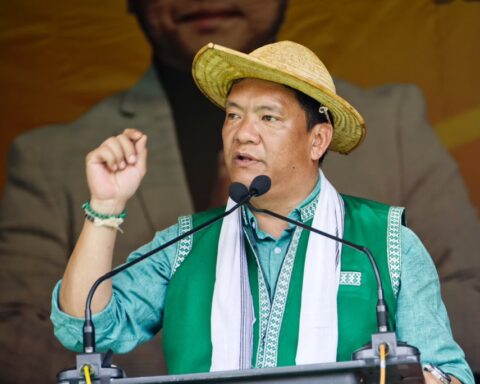Pangin: In a first of its kind social initiative, the locals of Komsing village in Siang district have built an indigenous museum on a self-help basis to promote cultural tourism in the area.
The eco-friendly museum which has been constructed solely using locally available resources is decorated with cultural and traditional items like local handlooms and handicrafts, antique utensils.
Materials used for hunting, war and agriculture by the Adi Community and other historically relevant artifacts are also on display at the museum which has been named ‘Misum-Miyang Kumsung’ or “ancient artifacts museum” in Adi dialect.
Also in a bid to showcase historical significance, the gallery has been constructed in the same area where Noel Williamson, a British political officer was assassinated by a team of Adi warriors during the Anglo-Abor War of 1911-12.
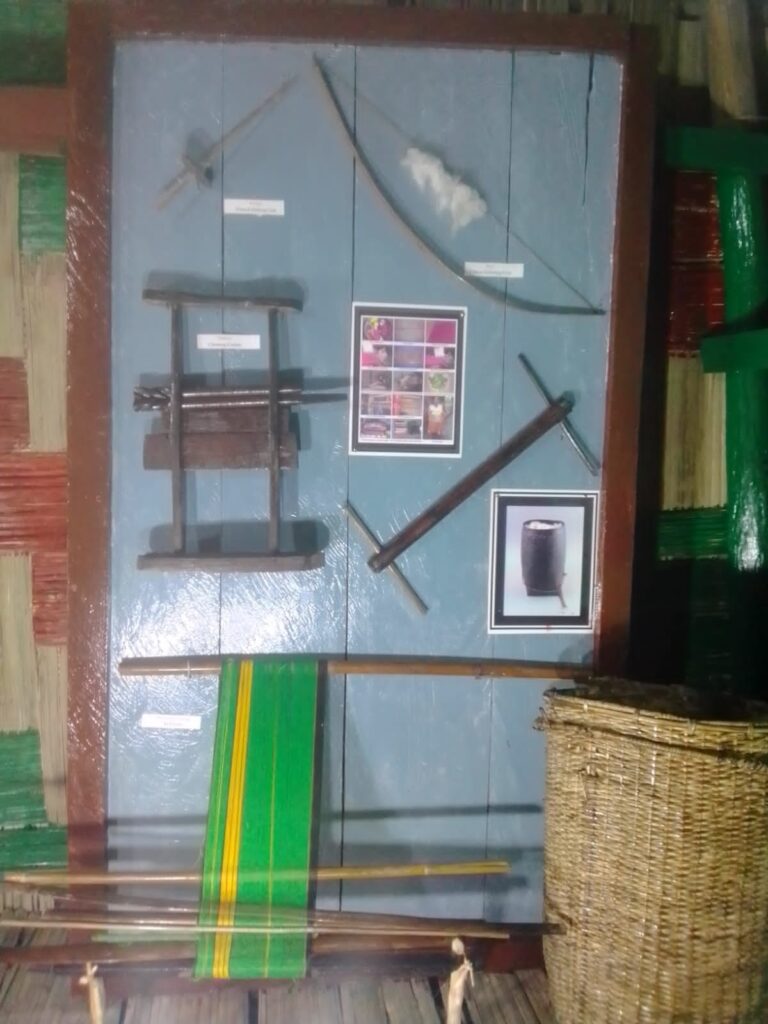
The fourth and last Anglo-Abor War of 1911-12 is one of the most important Anglo-Abor wars in the history of the freedom movement in Arunachal Pradesh.
Locally known as the Poju Mimak, the war was fought from October 6, 1911, to January 11, 1912.
The Adi warriors used conventional skills and weapons of tribal warfare such as bows and arrows, spears, swords, booby traps, stone chutes, etc. and succeeded in stopping the invading force for more than three months at the historical battlefield of Kekar Monying.
Though the British force got the upper hand in the war with the help of sophisticated weapons, key officers like Williamson and Greigorson and several sepoys were killed in that war by famous freedom fighters Matmur Jamoh and other heroes such as Tajong Tamuk, Lomlo Darang, Lotiyang Taloh and many more, though unsung in the history of India’s freedom movement.
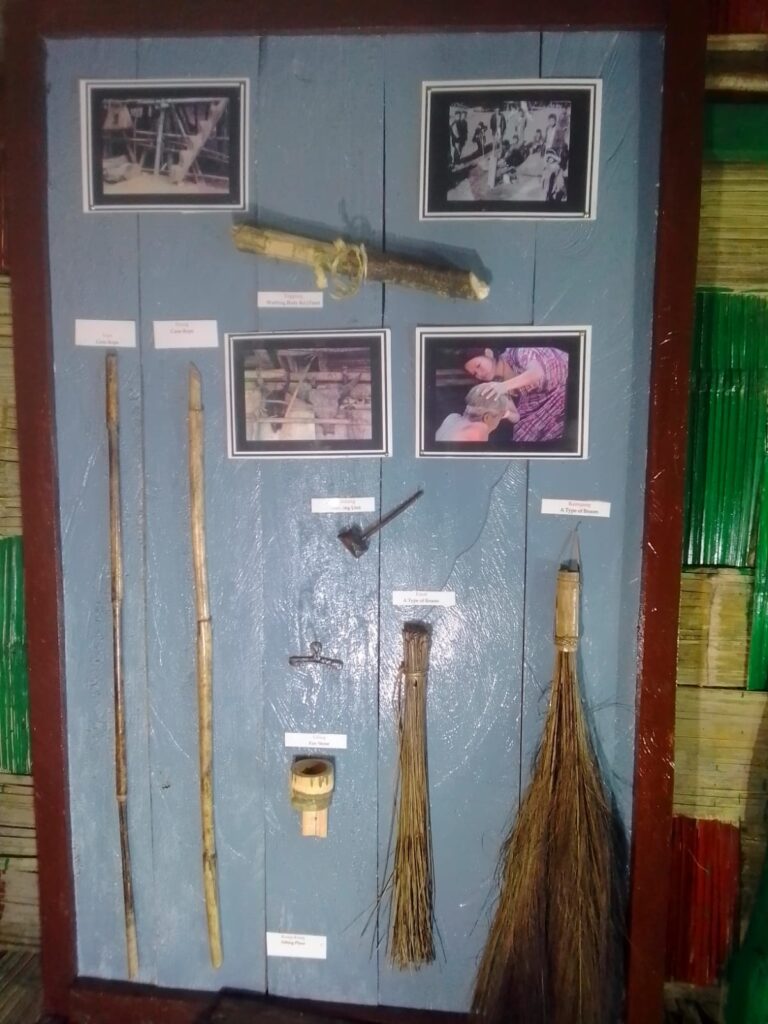
A brainchild of Professor Uttaran Dutta, associate professor, Hugh Downs School of Human Communication, Arizona State University, United States, the museum is at present being run by a committee nominated from the Komsing village.
“The income generated from the museum shall be used for the gallery’s maintenance while some amount shall be given to the poor and needy community members to purchase medicines and other necessary items,” T K Kopak, the president of Nugong Banggo Kebang (NBK), a community based organization, said.
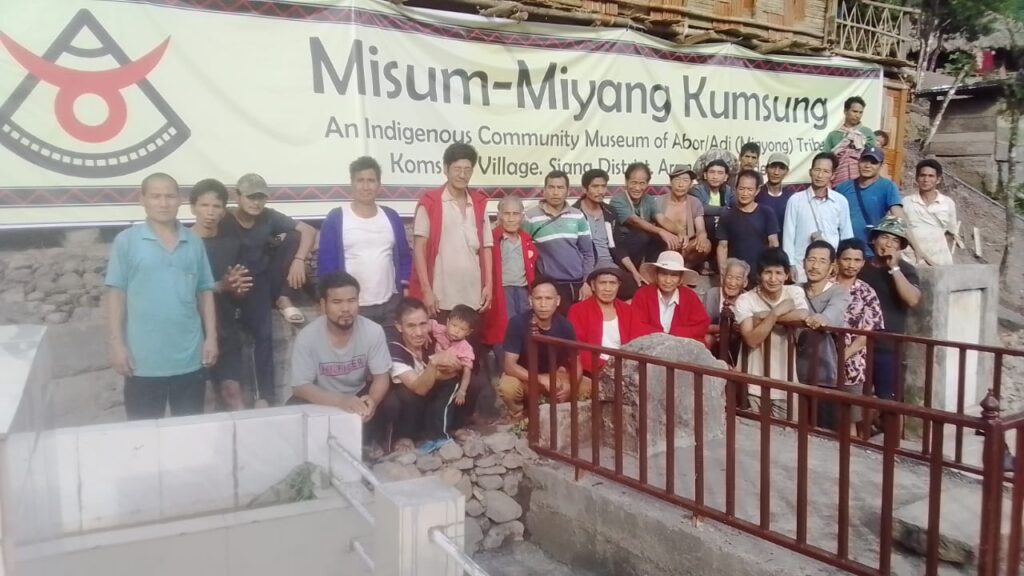
Thanking Prof Dutta for the prolific idea, Kopak said, besides increasing the tourist footfall in the area, the museum would also act as an academic repository for the visiting scholars and researchers.
The museum was formally opened for visitors earlier this month.


